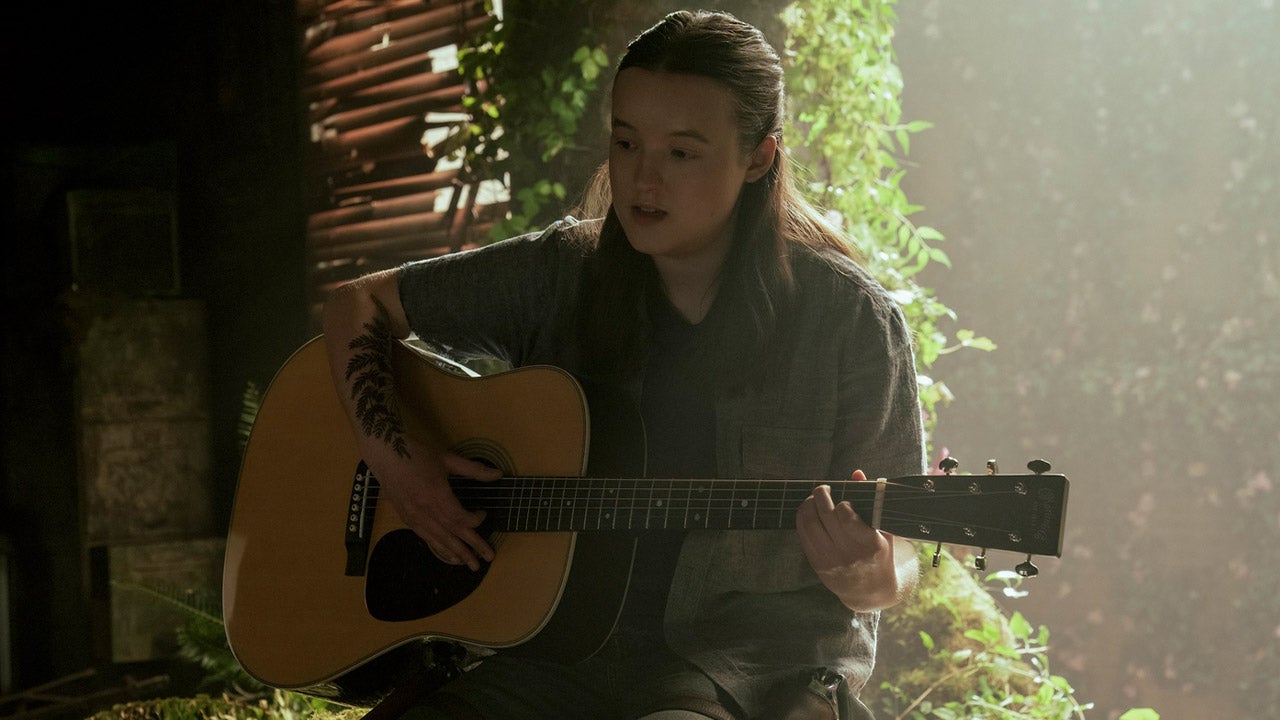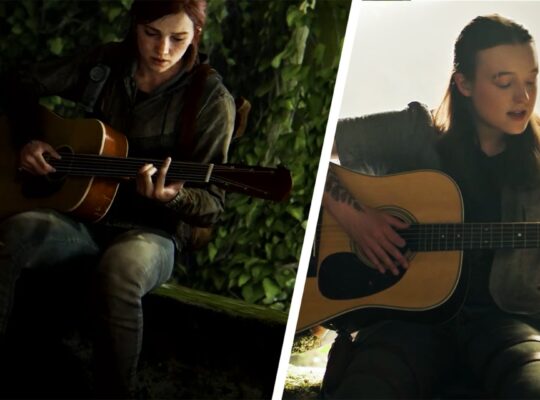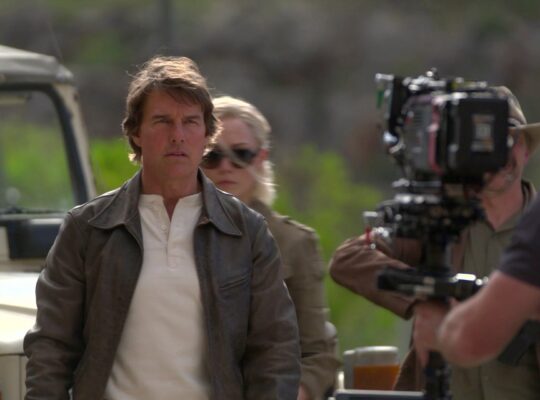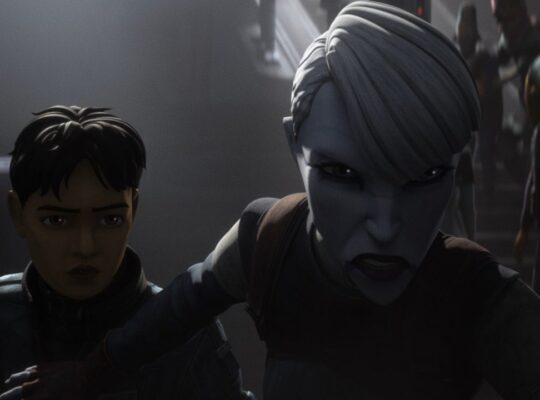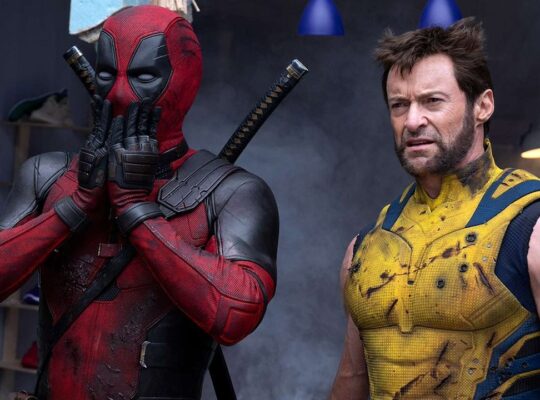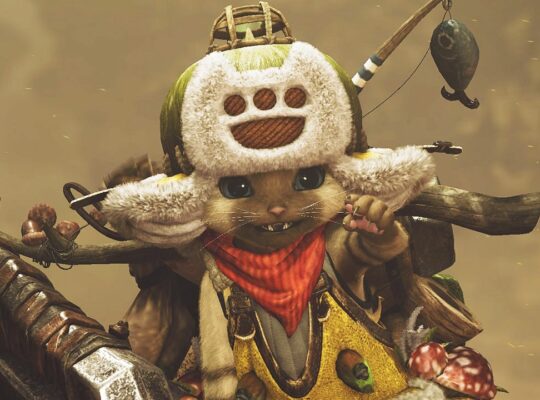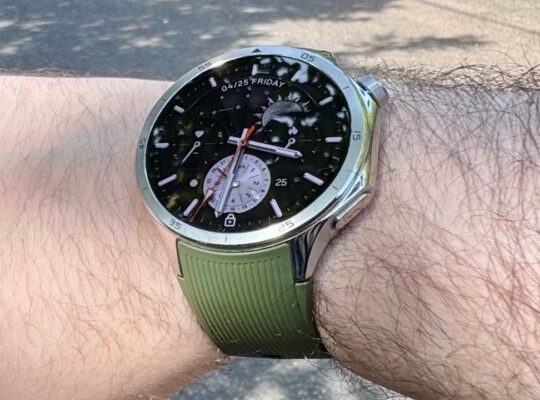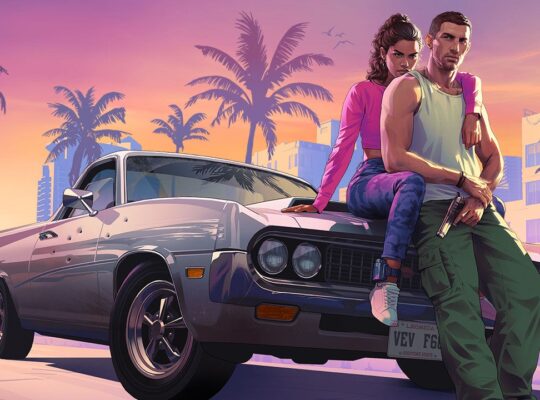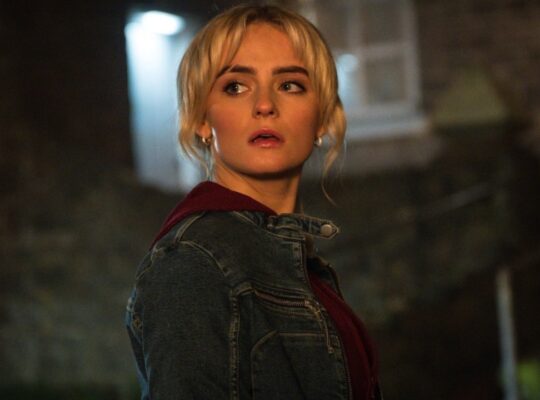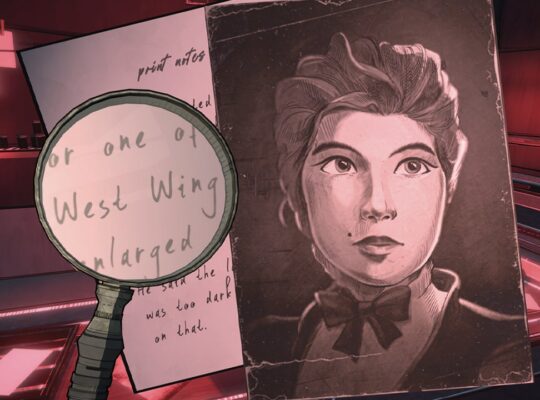
The following contains full spoilers for The Last of Us Season 2 Episode 4.
“What the f*ck is wrong with Seattle?” This question, posed by Dina, may not be answered in episode 4 of season 2 of The Last of Us, but it certainly serves as a showcase for the threats lurking within it. The season’s best chapter yet blends pure horror with some of the show’s most touching moments, all whilst introducing us to an intriguing new character.
Seattle’s descent into a warzone is encapsulated in the brief looks we get at WLF leader Isaac. Jeffrey Wright reprises his role from The Last of Us Part 2 and luckily for us (though not the Seraphites), he has much more room to play around in this time. The episode’s opening serves as a stark introduction, as we see Isaac turn on the fascistic FEDRA force and defect over to the WLF in explosive style. The coldness with which Wright portrays this horrific act is chilling, and is only emphasised further when we see him 11 years later.
The torture scene is undoubtedly grim, but it’s also a standout moment. It captures everything The Last of Us does so well: In a single breath, we get insight into a character’s personal motivations and a snapshot of how the cordyceps outbreak has reshaped society. Both the camera and Wright assert dominance over the Seraphite in a subtle but striking display of superiority. The hostage and his fellow cult members are treated like a lower species: Isaac’s vitriolic dialogue is the first time we hear the WLF’s slur for the Seraphites, “scars.” Isaac is demeaning, but in a way that evidently feels natural to him.
The way Isaac plays with his captive is hypnotic, cutting a Patrick Bateman-like shape as he discusses the benefits of a well-made saucepan with him. Of course, this is all just a metaphor for how the apocalypse benefits some other overs. The decline of civilization allows for people of a certain (seemingly sociopathic) mindset to rise to the top of the pyramid. Long ago, in his former life, Isaac wanted those Mauviel saucepans, but he couldn’t afford them. But now, due to the end of the world and a willingness to abandon his morals with the drop of a grenade into a truck, his dream exists inside other people’s nightmares. Another “strange benefit of the apocalypse”, indeed.
It doesn’t look like much of Seattle is enjoying the same luxuries, however. As Ellie and Dina enter the city, they see ample evidence of endless conflict. The production design of the post-apocalyptic streets is astounding, with Capitol Hill redressed in corpses, overgrown tanks, and rust. Those streets eventually lead to a long-abandoned TV station, where the pair is greeted by a nauseating tableau: five hanged-and-disemboweled WLF soldiers. Not since the artful grotesqueries of Hannibal has such a startlingly gnarly image graced the TV screen.
It takes two to wage war, and this is the first time we’re shown that the Seraphites aren’t opposed to bloodshed. The soldiers’ intestines hanging out and dangling to the floor like extensions of the ropes their bodies hang by paint a truly gruesome image, and act as a reminder that no matter how ugly the infected are, the true monsters of this world remain human.
Speaking of infected, if there are two things we’ve learned in The Last of Us (or indeed, any scary story, show, movie, or game), it’s that going underground is never a good idea, and that red always equals danger. The episode’s steady descent into horror reaches its crescendo with the sudden arrival of runners and clickers onto the scene, as a corpse-filled carriage turns into a claustrophobic death trap. There is peril at every turn, and both Bella Ramsey and Isabela Merced do a great job at selling these louder moments through physical performance, whether they’re running frantically or standing and fighting. It’s nothing compared to the terror of witnessing Dina searching through drawers for pain meds, though – a haunting flashback for any player of the game who scrambled through desks dozens of times an hour.
But much like many of my favourite sections of The Last of Us so far in its two seasons, it’s the quieter pockets that leave the most impact on me. Ellie’s rendition of “Take On Me” turns an optional character moment in the game into one that feels so crucial to the show. It really strikes a chord (pun intended) and cements Ellie and Dina’s status as a blossoming couple. It’s also beautifully lit with the blown-out hole in the wall creating a leafy frame within a frame that lets us soak in the shared looks between the two. It’s an embodiment of hope growing out of all of this devastation.
The episode as a whole is very well directed by Loki’s Kate Herron, who manages to smoothly navigate the shifts in tone over the course of the episode to great effect. This steady steering of the ship helps navigate a barrage of different emotions felt by the couple over the course of the episode’s final 10 minutes. The subway escape ending with Ellie taking a bite for Dina is a great example of adaptation for the better, further cementing their dedication to one another. Earlier we hear them describe the display of murdered bodies as “assholes killing assholes”, but this is an example that those full of heart will save those they love – even if it means taking a mushroom mouth to the wrist. Reluctantly pointing a gun at her, this is now the second time Dina has looked at Ellie with tears in her eyes. Both times with love, but now with the fear of losing it. It’s an emotional rollercoaster of a few minutes that both actors sell wonderfully, ending in the release of tension as each reveals their deepest secrets to one another and confirms their feelings.
I also enjoyed the poetic final moments of the episode greatly. It’s reminiscent of season one’s end as Gustavo Santaolalla’s strings swell, but a muttering of “OK” has been replaced with “together”. It’s symbolic of a moment when Ellie and Joel walked separate ways, but here, Ellie and Dina stand hand-in-hand, ready to face what’s ahead together.


